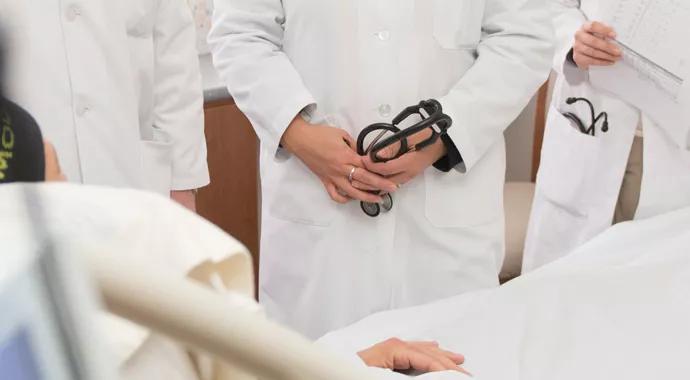
By Mikkael Sekeres, MD, MS
Advertisement
Cleveland Clinic is a non-profit academic medical center. Advertising on our site helps support our mission. We do not endorse non-Cleveland Clinic products or services. Policy
I had to admit I was more than a little excited to see my next patient. This was a big day, for both of us.
Five years earlier, when he was 68, he had come to the emergency room, feeling terrible. His white blood cell count was higher than his age, and he was profoundly anemic — really, to a degree that was almost incompatible with life. He was transferred to our hospital, where we performed a bone marrow biopsy that clinched the diagnosis of acute leukemia.
Our definition of “cure” is a functional one. I can’t look a patient in the eye and tell him right after a round of chemotherapy that I was able to remove all of the cancer, as a surgeon might after an operation to excise a tumor. “Cure,” for us, means a person has lived five years without the leukemia coming back.
For my patient, that meant this day.
Read the full New York Times column by Dr. Sekeres.
Advertisement
Advertisement

Timing and type of side effects differ greatly from chemotherapy

Dedicated multidisciplinary teams support 84 ultra-rare cancers

Sessions explore treatment advances and multidisciplinary care
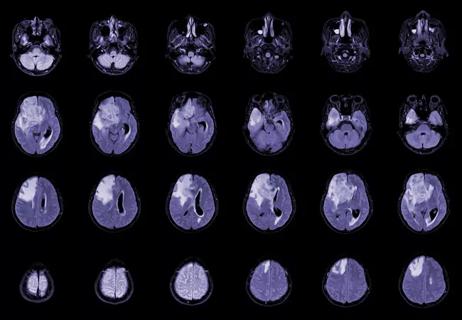
New research from Cleveland Clinic helps explain why these tumors are so refractory to treatment, and suggests new therapeutic avenues
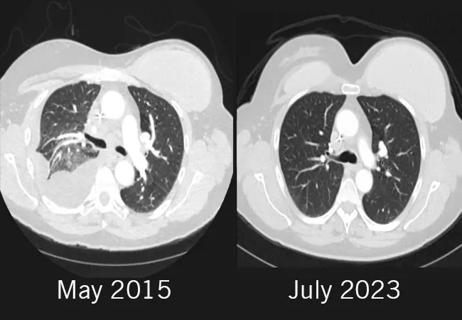
Combination of olaparib and carboplatin results in complete durable response for a patient with BRCA2 and “BRCAness” mutations
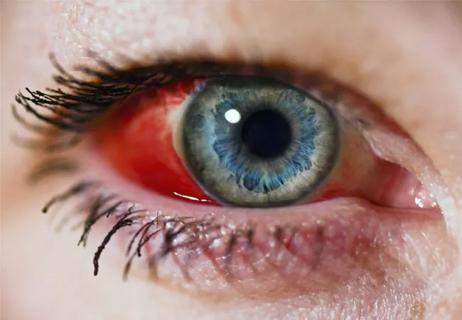
Early communication between oncologists and ophthalmologist warranted
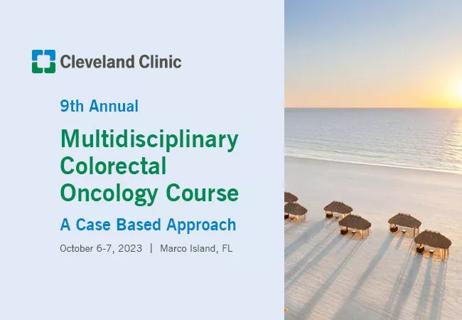
Case-based course delves into latest treatment approaches

Long-term relationship building and engagement key to gaining community trust